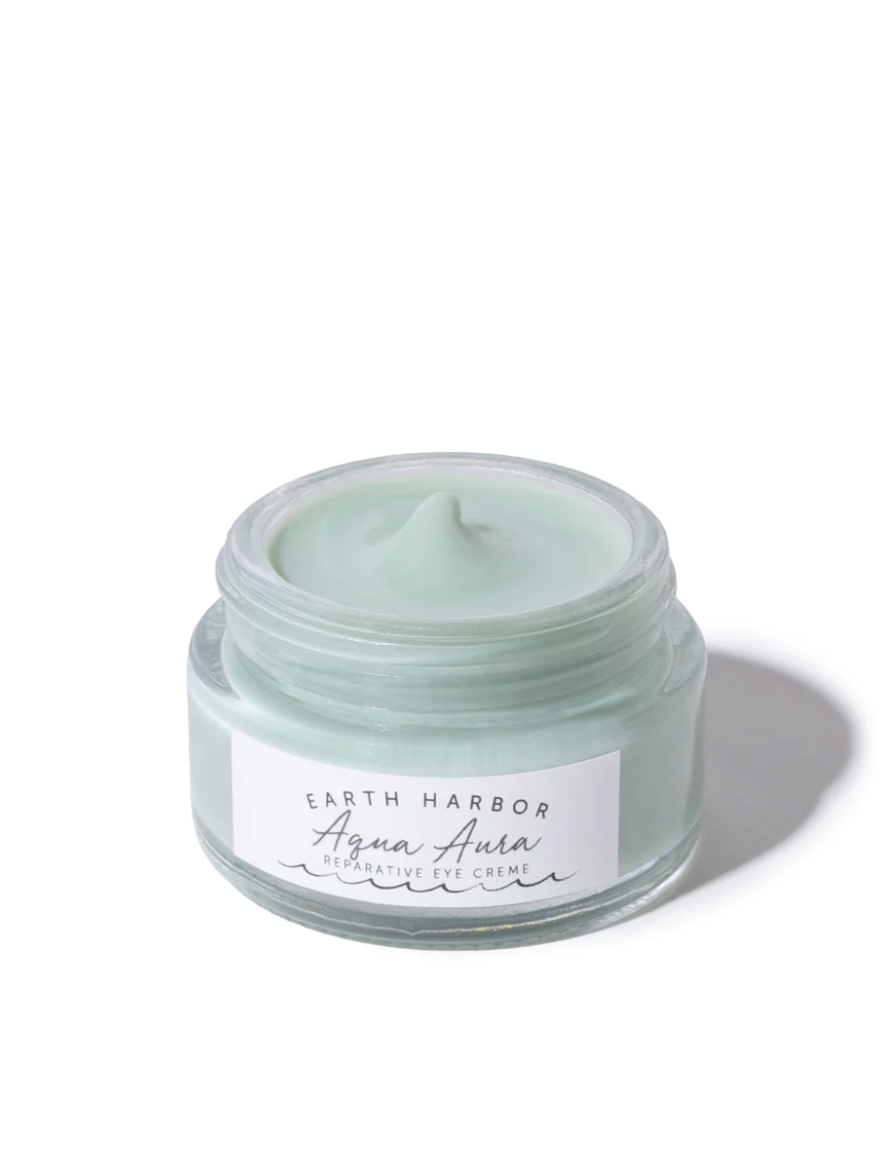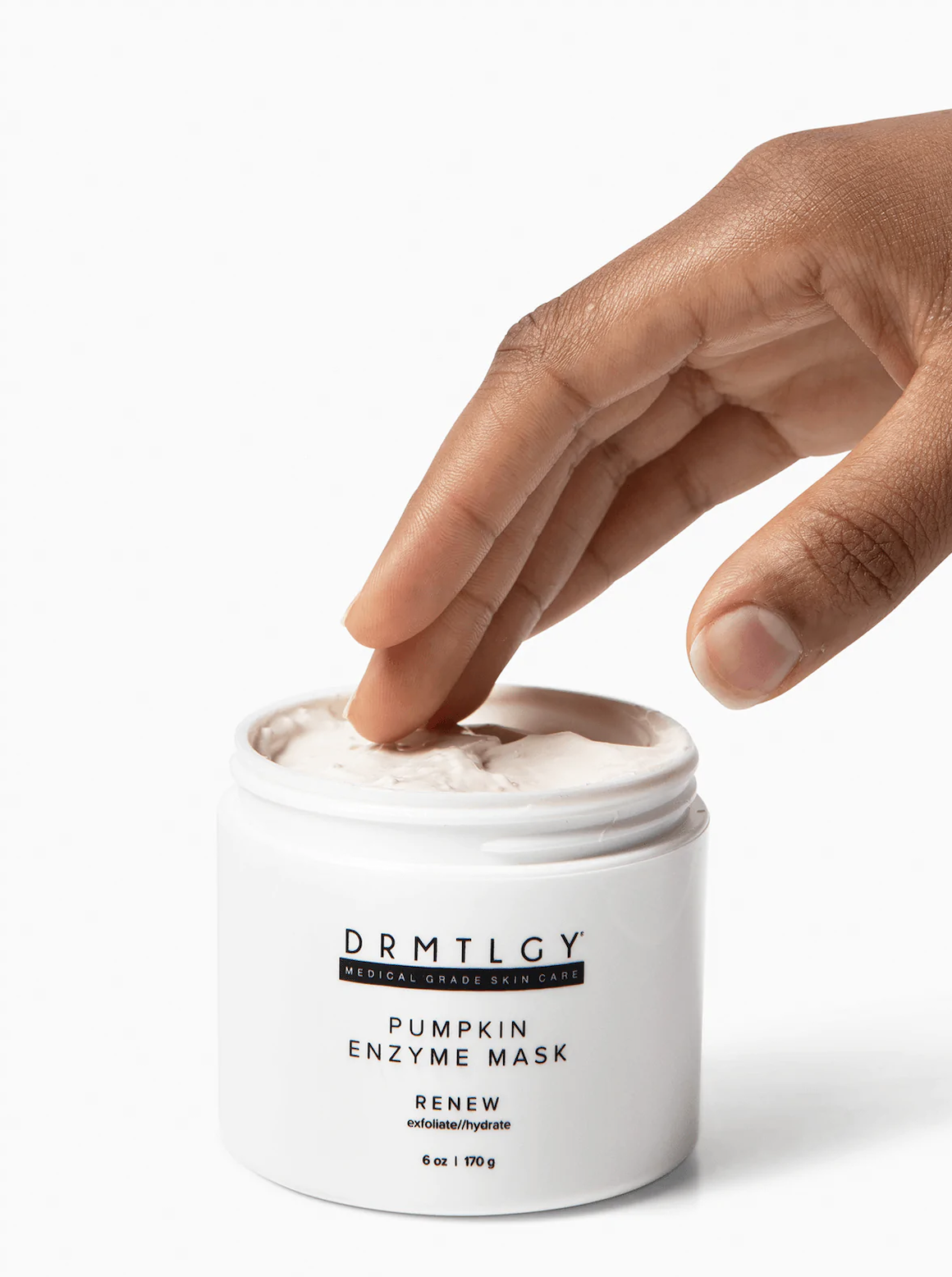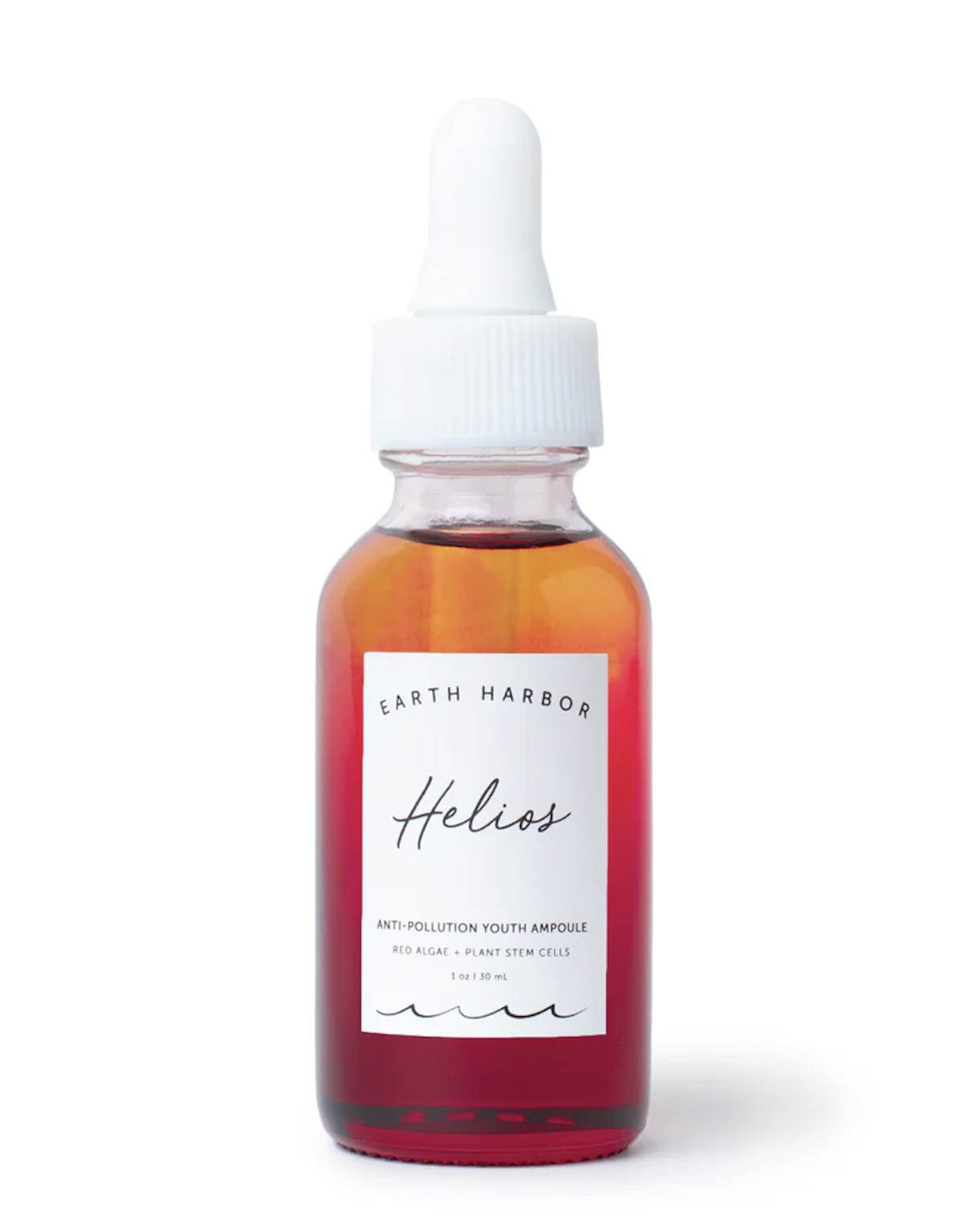Pumpkin
As the seasons change, so does our skin. Since our skin is an excellent indicator of what is happening both within and outside of us, you’ll notice your skin become more dry and dull. Autumn brings colder and drier air, the weather that calls for nourishing and moisturizing ingredients.
I find that nature always provides the perfect solution, in this case, pumpkin! I love to think about skin health holistically, from the inside all the way out to a birds-eye-view of your environment. Dense, nutritious ingredients like Squash are beneficial in the fall and winter. Every bit of the pumpkin is helpful, down to its seeds.
Pumpkin is said to fight the effect of sun damage by gently exfoliating and nourishing the skin. The energy or aura of pumpkin feels like rebalancing, healing, and renewal, just as Autumn is after a long summer.
What does pumpkin do?
Squash is naturally full of beneficial skin-loving nutrients like vitamins A, C, and E, exfoliating enzymes, and nourishing fatty acids (1).
Pumpkin is naturally high in vitamin A, which is known to visibly improve the skin overall, as seen from its well-known derivative Retinol. Vitamin A supports cell renewal, which naturally boosts collagen production. This looks like firmer, plumper skin with less discoloration.
The rich yellow-orange color of pumpkin is the beta carotene or natural vitamin C. Vitamin C is a boost of antioxidants that provides immediate protection from pollution and sun damage (both cause oxidation of the skin).
Natural enzymes in pumpkin break down skin cells by digesting them (1). This process renews skin, allows product penetration, and increases blood flow. The unique part of this exfoliation is the immediate nourishing agents that pumpkin naturally provides.
How does pumpkin benefit skin?
Brightens
Gently exfoliates
Anti-redness
Moisturizing
How can I incorporate pumpkin into my skincare routine?
Natural Pumpkin is an excellent ingredient for masks, light peels, scrubs or oils and creams.
Because Pumpkin-based products are so common, you want to ensure you’re picking a product that best aligns with your needs. Pumpkin is an excellent option for everyone and an incredible tool for sensitive and hyper-pigmented skin.
I would avoid heavily scented products or fragrances if you have sensitive skin or are acne prone. I love autumn-scented products, but fragrance oils can be sensitizing and potentially cause a reaction.
Pumpkin enzymes provide very gentle exfoliation. If you have susceptible skin, pumpkin can be a good option. A pumpkin mask is always a great addition if you want a mild boost to a facial service or a nourishing natural ingredient!
As always, I suggest doing a patch test in case of potential allergies. Even though pumpkin, yam, or plant-based enzymes are natural, they can still cause a reaction. I do not suggest mixing or using Pumpkin with Retinol or other exfoliants because the combination could be too potent for your skin.
What are your favorite Pumpkin products?
The Pumpkin Enzyme exfoliating mask scrub combination by DRMTLGY. It’s a four-in-one warming pumpkin mask that reduces the appearance of large pores while hydrating skin for a refreshed glow.
The Aqua Aura plant-powered eye creme by Earth Harbor targets fine lines, wrinkles, dark circles, puffiness, and sun damage under and around the eyes. It has pumpkin seed oil to combat sun damage and fine lines.
The Helios serum by Earth Harbor is packed with antioxidants making it the perfect addition to post-summer skin care. It is a hyper-concentrated leave-on treatment that uses botanical stem cell technology to combat pollutants and daily skin stressors for aftersun replenishment, bold defense against the elements, and thriving barrier function.



1. Batool, M., Ranjha, M., Roobab, U., Manzoor, M. F., Farooq, U., Nadeem, H. R., Nadeem, M., Kanwal, R., AbdElgawad, H., Al Jaouni, S. K., Selim, S., & Ibrahim, S. A. (2022). Nutritional Value, Phytochemical Potential, and Therapeutic Benefits of Pumpkin (Cucurbita sp.). Plants (Basel, Switzerland), 11(11), 1394. https://doi.org/10.3390/plants11111394


